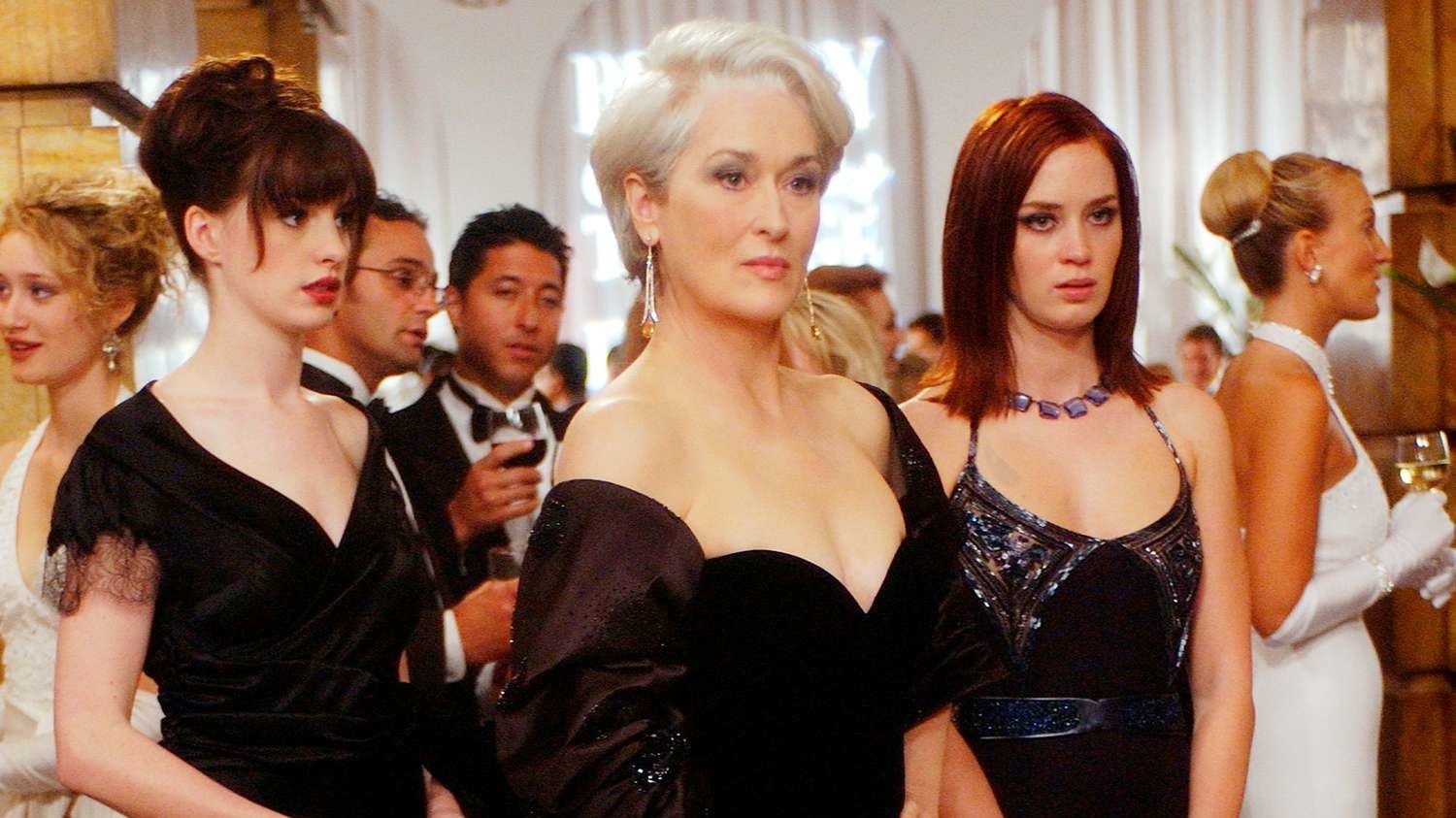‘The Devil Wears Prada’ Sequel Is a Terrible Idea. Don’t Do It.
THAT’S ALL
One of the biggest “Devil Wears Prada” fans makes the case for why the film is singular to the era it was made, and how a proposed sequel could tarnish its legacy.

Trending Now





